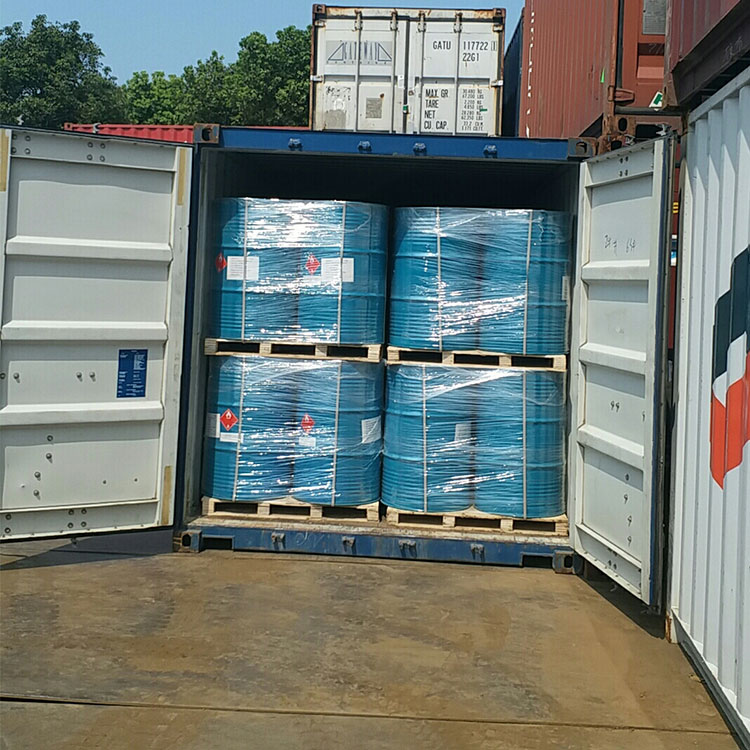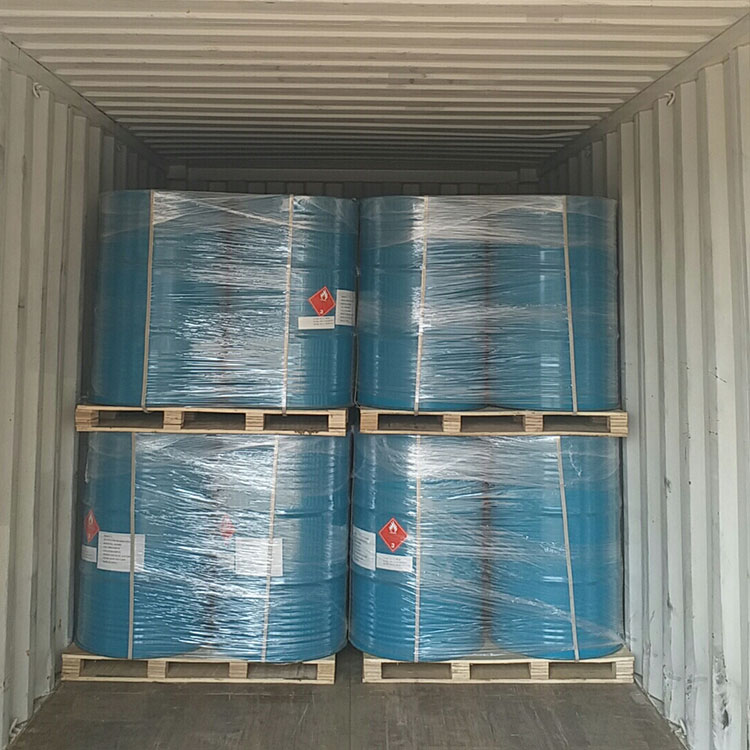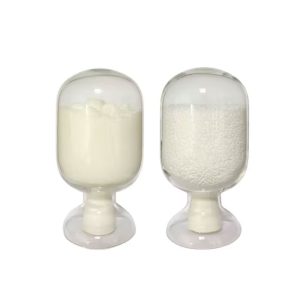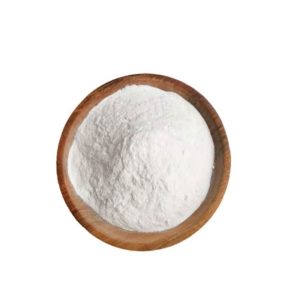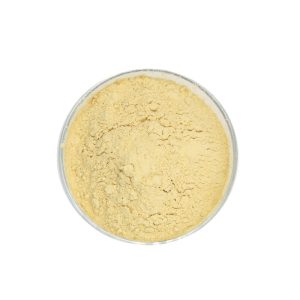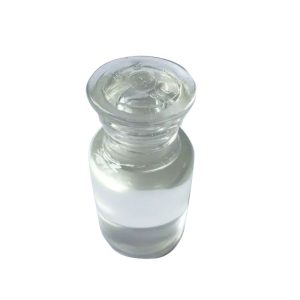Olive Squalane CAS#111-01-3
| Product Name: | Squalane |
| Synonyms: | 2,6,10,15,19,23-hexamethyl-tetracosan;2,6,10,15,19,23-hexamethyltetra-cosane,(squalane);Dermane;Dodecahydrosqualene;Tetracosane, 2,6,10,15,19,23-hexamethyl-, (all-E)-;SQUALANE, FOR GC;SQUALANE, 1000MG, NEAT;2,6,10,15,19,23-Hexamethyltetracosane, Cosbiol, Perhydrosqualene, Robane |
| CAS: | 111-01-3 |
| MF: | C30H62 |
| MW: | 422.81 |
| EINECS: | 203-825-6 |
| Product Categories: | Acyclic;Alkanes;Gas Chromatography;Building Blocks;Chemical Synthesis;Organic Building Blocks;Biochemistry;Terpenes;Terpenes (Others);Packed GC;Stationary Phases;111-01-3 |
| Mol File: | 111-01-3.mol |
 |
|
| Squalane Chemical Properties |
| Melting point | -38 °C (lit.) |
| Boiling point | 176 °C/0.05 mmHg (lit.) |
| density | 0.81 g/mL at 25 °C (lit.) |
| refractive index | n20/D 1.452(lit.) |
| Fp | 424 °F |
| storage temp. | 2-8°C |
| solubility | chloroform: soluble100mg/mL, clear |
| form | liquid |
| color | Clear Colourless |
| Water Solubility | Not miscible or difficult to mix in water. |
| Merck | 14,8767 |
| BRN | 776019 |
| Stability: | Stable. Combustible. Incompatible with strong oxidizing agents. |
| InChIKey | PRAKJMSDJKAYCZ-UHFFFAOYSA-N |
| LogP | 17 at 25℃ |
| CAS DataBase Reference | 111-01-3(CAS DataBase Reference) |
| NIST Chemistry Reference | Tetracosane, 2,6,10,15,19,23-hexamethyl-(111-01-3) |
| EPA Substance Registry System | Squalane (111-01-3) |



